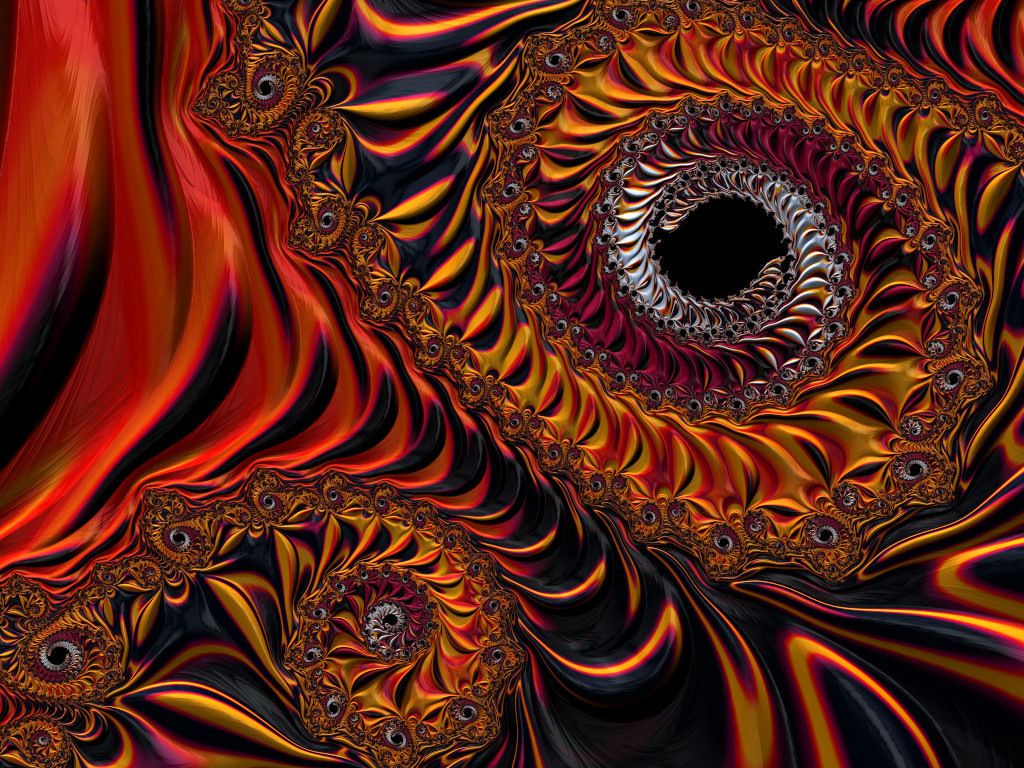1.- The path to ecstasy with the Svadhishthana Chakra
1.1- All about the second Chakra Svadhishthana
The second center of force, the Svadhishthana Chakra, is located in the sacral bone area. It represents sensory awareness, eroticism, imagination, dreams, and is associated with creative potential energy.
On the psychic level, this center of force determines our desires, daydreams, sensuality and affective needs.
On a physical level, it controls assimilation, procreation, the lymphatic system and menstrual secretions.
Yogic literature points out that the stagnation that occurs in the second Chakra (Svadhishthana) can have the effect of mental and / or personal decline, causing agitation and confusion with serious consequences.

During the practice necessary to activate this Chakra, we recommend using a suitable incense like this one we offer from Goloka Second Chakra Svadhishthana.
1.2- Location of the second Chakra Svadhishthana
This Chakra is located at the following points:
In the prostate plexus for men and in the cervix for women.
Its Kshetram (forward reflex point) is situated on the pubic bone.
2.- Traditional symbology of the Svadhishthana Chakra
2.1- Elements that Svadhishthana represents and its Bija Mantra
The element that represents the Svadhishthana Chakra is that of water. It is a softer element than that of Muladhara, and as we go up the Chakras, its elements become less dense.

Svadhishthana is the step that leads man to the path beyond the material, and the sound of the Chakra that leads us corresponds to the Bija Mantra “VAM“.
This Chakra is related above all to feelings and emotions, such as pleasure, pain, eroticism or sensuality, among many other things.
2.2- Representations of Svadhishthana and the 5 Vayus
The animal that represents the Svadhishthana chakra is the fish–tailed crocodile, Makara.
The deity of the Svadhishthana Chakra is Vishnu, God of conservation, the vital force that permeates everything. He is depicted sitting on top of Garuda.


Garuda represents the 5 Vayus that make us up: Apana, Prana, Samana, Udana and Vyana.
And finally, the Shakti of this Chakra is Rakini, the passionate goddess, one of the forms of Kundalini.
3.- The manifestation of Prana
Everything in the universe is a manifestation of Prana: heat, light, gravity, magnetism, vigor, vitality, though, emotions, the Soul, the Spirit… We can say that Prana is the sum total of all the energies contained in the universe and manifests wherever there is movement.
Prana is the life principle, and with death, it emerges from the body, collects all the life energy of the body and leaves, leaving a lifeless corpse behind. During our life, it lives in our body, and constitutes an energy body that penetrates the physical body. Even where air cannot penetrate. Prana is the true food and without it life is not possible.

To understand the activity of Prana in the human body, the ancient yogis elaborated, on the one hand, techniques to control breathing and on the other, they categorized the activity of Prana in “airs” or “Vayus“. The key to good mental and physical health is to keep the Prana Vayus balanced and flowing.
4.- How Vyana Vayu affects Svadhishthana Chakra
The Vyana Vayu is one of the five divisions of Prana (the force of life), it is the one that powers the distribution and communication systems of the body. Integrates and coordinates the other four Vayus of Prana, keeps them balanced and nourished.
It is a dominant and expansive force that dominates the movement of Prana through the Nadis (energy channels), that of energy through the circulatory and nervous systems, and also the free flow in our mind of thoughts and feelings.

The Vyana controls the muscular system, coordinates balance and regulates movement from the center to the periphery. Although it pervades the entire body, the Vyana is particularly active in the extremities, helping them to implement the powers of locomotion and manipulation, two of the five Karmendriyas (or active senses). The expansive aspect of Vyana, coupled with the Apana Vayu (the downward force), roots and anchors the legs and is clearly seen in the arms, as reflected in its ability to offer well-being and healing.
5.- Psychology of the second Chakra Svadhishthana
It is the Chakra of communication and relationships. Through it we feel the world and the subtle vibrations coming from all things.
In the practice of Yoga we transform energy into Consciousness, which progressively encompasses the infinite.

The first step we take to advance to a higher level is done in the Svadhishthana Chakra, and it is in relation to everything that surrounds us and gives us a “name”: they are all the successes, the diplomas, what we do externally in society, and that in some way gratifies us and facilitates an entity.
When we awaken the second Chakra Svadhishthana, we must understand that the power that we awaken must be understood in a positive way. When our freedom to do something is not conditioned by what others will say or how others value us, we experience authentic freedom.

When we do things plainly, openly, and we can express ourselves without encountering objections to doing so, without carrying out actions so that others value us. We have to understand that what we find in this Chakra is the power to do things for the pleasure of doing them, and to feel valued by ourselves.
6.- The different views of the Svadhistahana Chakra
6.1- Svadhistahana Chakra in disharmony
A dysfunction in this Chakra often has its origin in childhood and puberty. The developing sexual energy causes insecurity in the adolescent and normally he does not find the necessary support in the environment (family, education…). In childhood, the lack of delicacy and bodily closeness can cause denial and rejection of sexuality in puberty, so that uninhibited expression loses its creative potential and manifests itself inappropriately.

The disharmony of the Svadhishthana Chakra causes an excess of sexual fantasies or repressed instinct, frustration, fear, shame, distrust, compulsion, bitterness and problems at a sexual level due to excess or defect. Emotional problems of sexual guilt. The sexual relationship is limited only to the erotic, neglecting the emotional and vulnerability part that it implies.
Another note of disharmony of the second Chakra Svadhisthana is to engage in many activities to avoid loneliness, and to face oneself.
The central theme of this Chakra is trust. And to access it, we must understand that we can only do it through other people.
Being vulnerable, with delivery and frank communication. Preferably once Muladhara has opened and we have overcome the fear of living.
6.2- Svadhisthana Chakra in Harmony
Patience, self-confidence, naturalness. Enthusiasm to help others and desire to meet them. Interest in progress, research, camaraderie. Obtaining intuitive knowledge and through the senses. Liberation of jealousy, passion, anger. Great ability to react to obstacles that appear. Sexual relations with the loved one lead to inner balance.
The control of Muladhara and Svadhisthana ensures both the control of the energies of excretion (Apana Vayu) and of the sexual reflexes.
7. Asanas for the awakening of the second Chakra Svadhisthana
Seated pelvic circles: Sitting cross-legged or in half-lotus with hands on knees, make circles with your torso. Go to one side 5 or 6 times and then change direction.
Baddha Konasana (Butterfly Pose) with forward bend: Sitting, bring the soles of your feet together. Let your knees touch the floor and touch your heels to your pelvis. Lengthen your torso and lean forward.
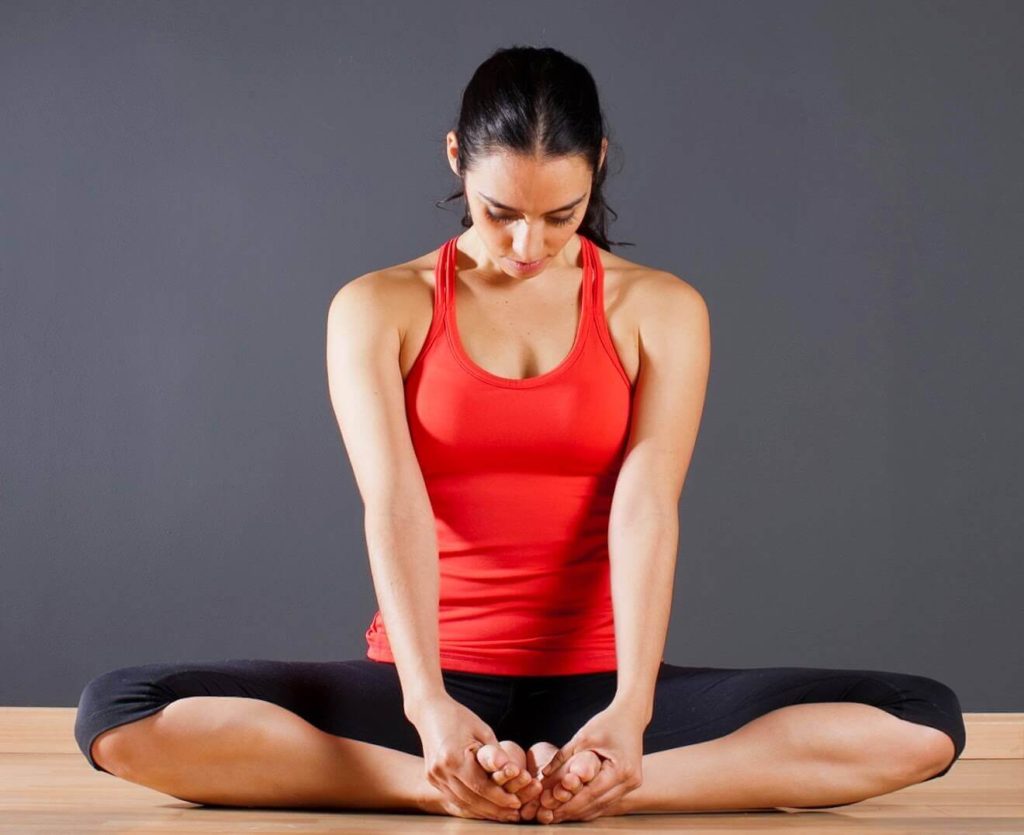
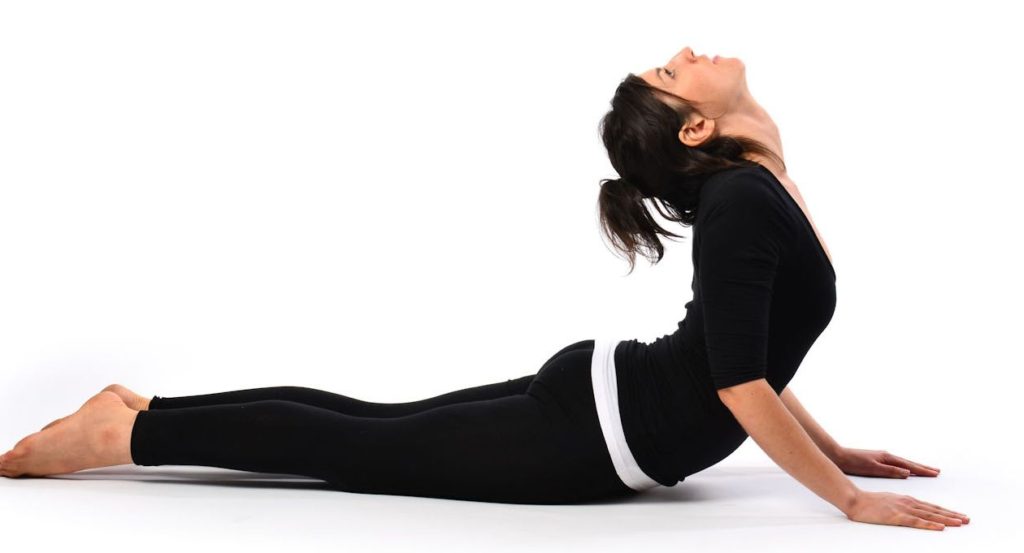
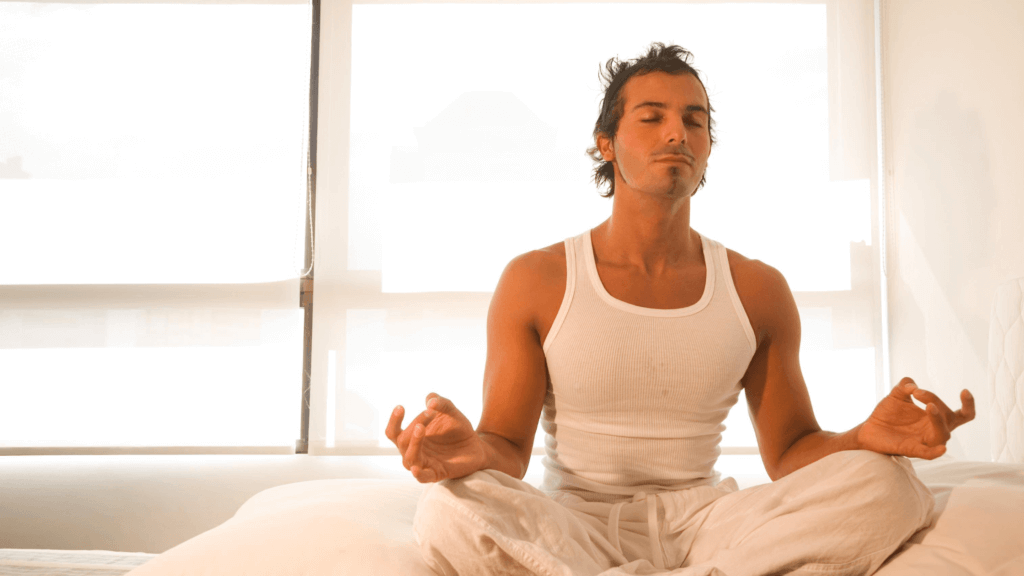
Bhujangasana (cobra pose): Lie on your stomach with your feet on the mat. Place your hands under your shoulders and slowly lift your head, chest and abdomen, keeping your navel on the mat. Make sure to press down through the pubic bone.
8.- Main practices for the activation of Svadhisthana Chakra
Ashwini Mudra, or the “horse gesture”.
Contract the sphincter muscles of the anus for half a second, and then relax them for another half second.
Vajroli Mudra “the lightning gesture” (for men).
As if we wanted to avoid urinary urination, we contract the genitals and the base of the lingam (penis) upwards. Special care must be taken not to close the anal sphincters. We contract and relax for a few minutes while concentrating on the pubis.
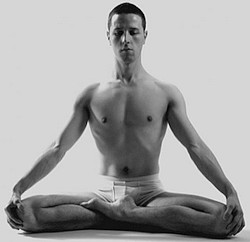
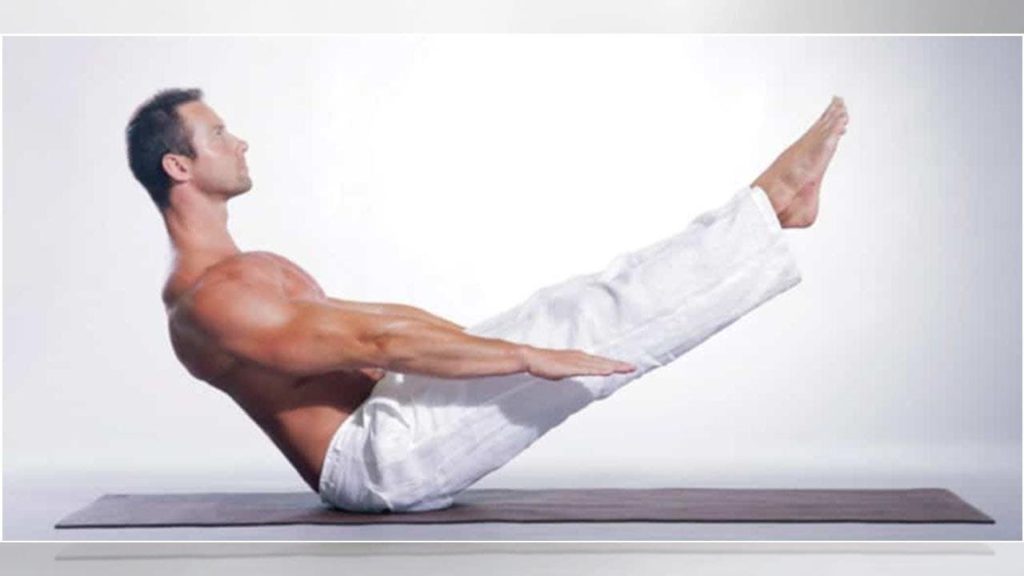
Sahajoli Mudra “the spontaneous gesture” (for women)
Contract the urethra, it’s what you do when you try to control the urge to urinate. We contract and relax for a few minutes while concentrating on the Chakra area.
